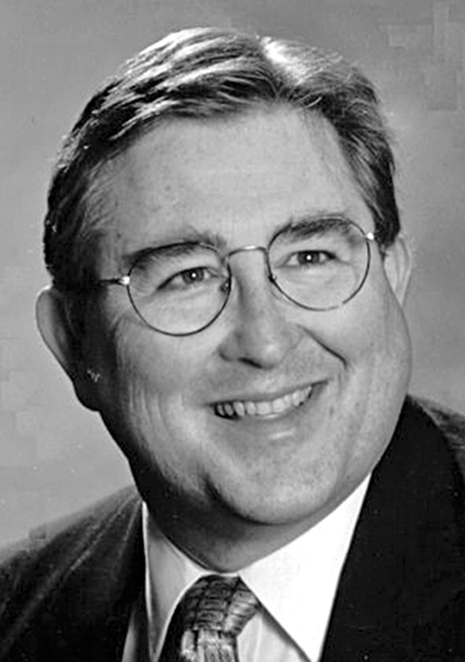By Danny Crownover
One of the funniest things to happen in Gadsden during the 1890s was the purchase of a “dead man” by four of the leading farmers of Etowah County after having reached a decision to go into the show business. It was no fun for the farmers and even less fun to put up with the ragging of their friends.
In fact, the ribbing reached the point where the four farmers were ready to fight at the slightest mention of a “dead man” in their presence, and at least two of them did fight about it. In effect, the farmers were taken in by one of the slickest swindles of the day and could not do anything but grin and bear it.
Right in the middle of the panic of the 1890s, a man came to Gadsden. He strung several huge sideshow banners across the front of a vacant storeroom in the 300 block on the south side of Broad Street. The advertisements started a discussion about Chavez the Giant, a Spanish outlaw who had been killed by a California police officer in the early days of this county and whose body was petrified, or something of that sort. The visitor had on display what looked like a petrified man encased in a heavy square casket.
First, the man invited all the doctors in Gadsden to inspect his petrified specimen. Many of them not only accepted the invitation but came out of the showroom with the declaration that there was nothing fake about the display.
Everything about Chavez indicated that he indeed was the petrified remains of a human being. Every detail was perfect. There was a hole in his left side that was said to be made by the bullet from the officer’s gun. Blood had poured from the wound and had coagulated and petrified. Bits of body had been chipped away, showing skin that was convincingly real.
In fact, there was nothing to suggest a fake in the appearance of the specimen. Yet Henry Leon, an old showman from New York who was operating the Kyle Opera House at the time, said that Chavez had been manufactured on Anastasia Island in Florida by a doctor who made petrified specimens for sideshows, circuses and museums.
The owner apparently was making so much money off of the exhibit that the four Etowah County farmers decided to buy Chavez. The owner at first said he would not sell Chavez under any circumstances, but a few days later he received a telegram that his wife was dying. As a result, he sold Chavez to the farmers at a big price.
The farmers soon found themselves in possession of a giant dead man, seven feet in height and weighing 600 pounds, including the casket. Despite his lack of experience in the show business, the farmers employed a young drummer to go on the road with it. He opened the exhibit at Anniston, where people soon began to make fun of his exhibit and declared it a fake.
After withstanding the criticism a few days, the young drummer announced that he knew that Chavez was genuine because Chavez was his grandfather. The farmers soon brought Chavez back to Gadsden, broke and fighting mad.
The next step was to send the remains of the Spanish outlaw to the Tennessee Centennial in Nashville with an old-fashioned auctioneer in charge. The auctioneer ran into financial trouble at once and returned to Gadsden despondent.
Chavez was shipped home to Gadsden by freight, and it was months before his owners would pay the charges, largely because they had nowhere to store Chavez where he could not be found by the public.
Finally, one of the farmers took Chavez to his residence, enlarging a window to get the exhibit into the house. Chavez’s hideout was soon discovered, however, and there was so much talk and ragging that another of the owners decided to haul Chavez to his home.
It is said that on the way to the farmer’s house that the mules ran away and scattered Chavez’s legs and arms along the roadside. Whether or not that tale is true, that was the last anyone heard of the petrified giant.
It was said that any mention of that episode in the presence of any one of the four owners would cause a fight, especially after they had learned that the man who sold the exhibit to them had immediately returned to Florida and bought an exact duplicate of Chavez and was out on the road. It turned out that the telegram stating his wife was dying was fake.
It was soon learned that Chavez was found lying out in the woods on the Centre Road near Gadsden. Some of those who knew the exhibit’s location said that it ought to be rescued and preserved as a work of art.
Ed Christopher, who was an early Gadsden pioneer, once spoke about the petrified outlaw and said it gave him some good laughs. Christopher was among those who at first believed that this sideshow exhibit was genuine and was not convinced otherwise until Chavez was brought to his shop to have a broken arm mended. Christopher saw that the petrified body was made of lime and cement with plastic material for skin.
Soon after, a man walked into Christopher’s shop early one morning to do the regular sweeping. He saw Chavez in his casket.
Christopher, who was hiding in a nearby closet, begin to make noises by scraping his feet on the floor.
The man became so frightened that he made several attempts before he could get through the narrow door leading outside, at which point he ran like a racehorse for nearly a mile.





